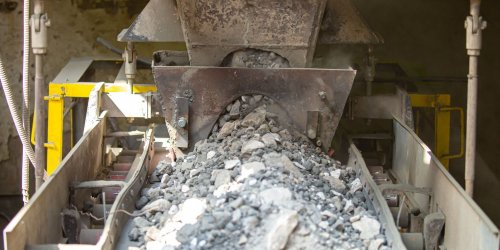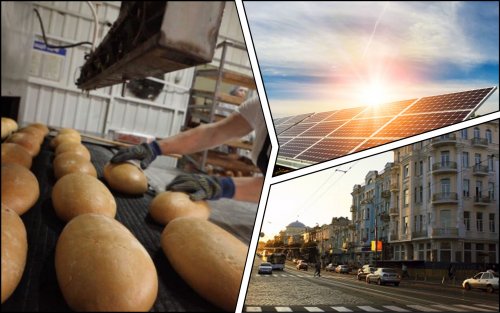Canada has introduced a tax credit of up to 60% for companies investing in carbon capture technologies to reduce emissions.
The tax credit is expected to cost the government 2.6 billion Canadian dollars ($ 2.1 billion) over five years, according to Reuters.
The government is offering a 60% tax credit for equipment used to capture carbon from the air, 50% for all other capture equipment, and a 37.5% tax credit for transport and storage equipment.
Carbon capture and storage (CSS) facilities are expected to be a key part of global efforts to contain fossil fuel emissions.
Canada is the world's fourth-largest oil producer and aims to generate zero emissions by 2050.
"For the oil and gas sector, this tax credit, combined with the fact that they generate huge revenues right now, is more than enough to reduce the risks associated with continuing CCS projects," – said Chris Severson-Baker, Alberta's regional director.
The Canadian Petroleum Association (CAPP) and other industry groups will also seek additional funding from programs such as the Canadian Infrastructure Bank and Alberta Emission Reduction.
"This alone is probably not enough for a final investment decision, but it is a very important step. We are generally satisfied," – said Mark Cameron, senior adviser to Oil Sands Pathways to Net Zero, which consists of six companies representing 95% production of oil sands.
The budget contains many other measures aimed at turning the economy towards a low-carbon future.
The government will also continue to encourage the purchase of electric vehicles. The $ 5,000 Canadian initiative was launched in 2019 and will run until March 2025.
The government of Prime Minister Justin Trudeau will also set up a Growth Fund to attract the private investment needed to achieve zero emissions by 2050, which will initially be capitalized at C $ 15 billion over five years.
Canada needs to spend between C $ 125 billion and C $ 140 billion annually to achieve its net goals by 2050, compared with C $ 15 billion to $ 25 billion in current annual investment.
Canada seeks to engage manufacturers of electric vehicles and batteries to support the future of its manufacturing industry, which is still dependent on the production of internal combustion vehicles.
As part of this, the country proposes to invest 3.8 billion Canadian dollars over eight years in a strategy to increase the extraction and processing of important minerals such as nickel, lithium and cobalt, which are used to produce batteries. The value of Canada's most important mineral deposits at current prices is about 340 billion Canadian dollars.
As EcoPolitica previously reported, Australia will spend $ 50 million on carbon capture and storage centers.





